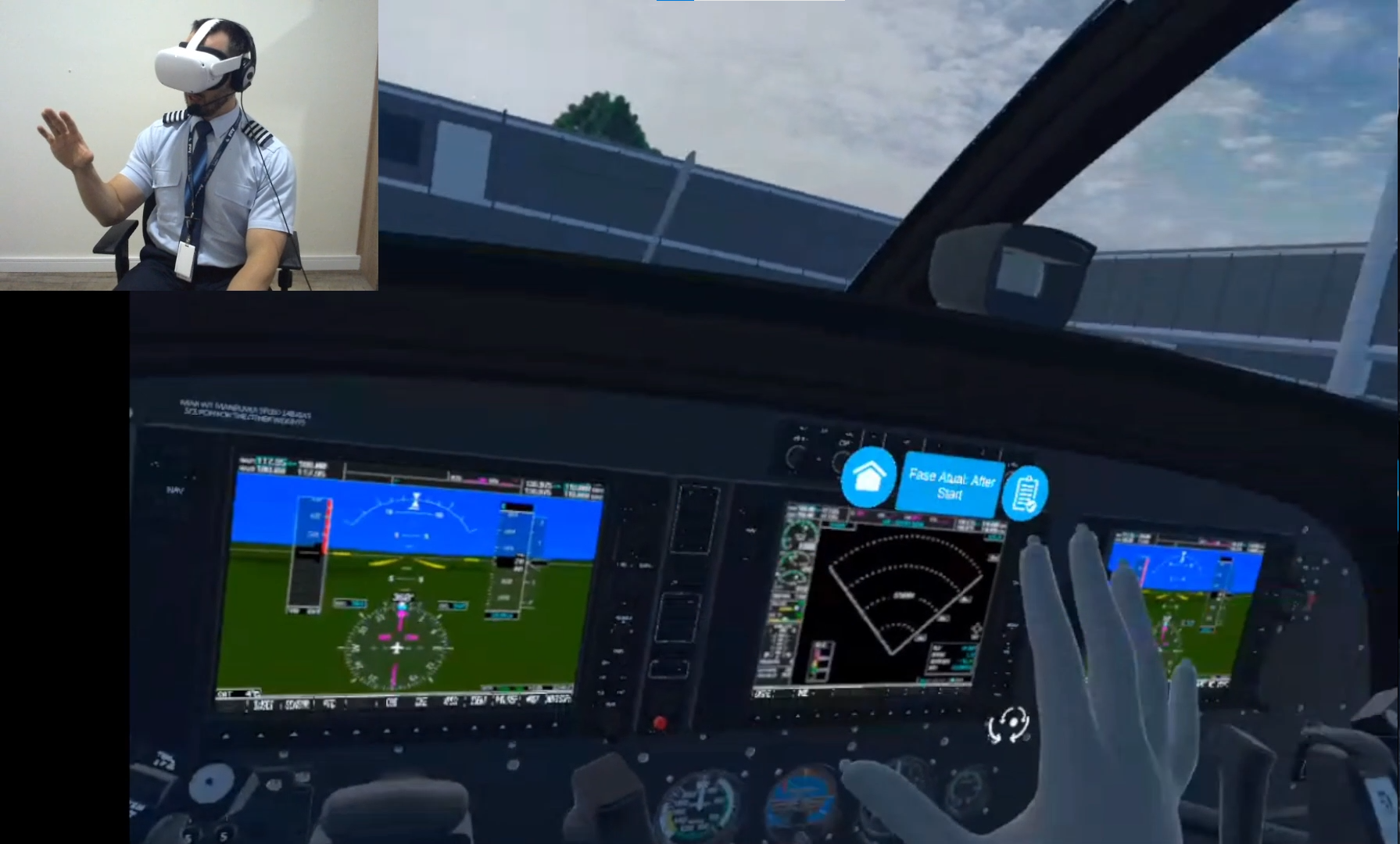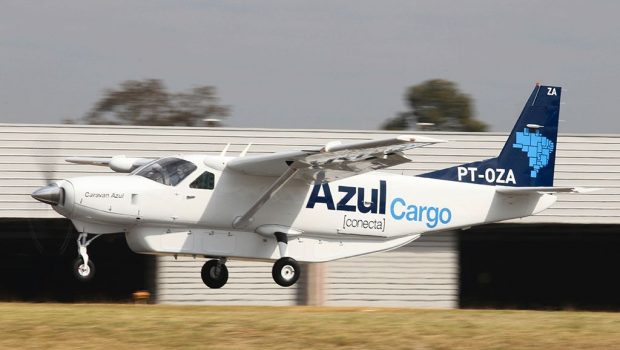The Brazilian carrier Azul Linhas Aereas has introduced virtual reality glasses to training the new pilots of its regional operator Azul Conecta which flies exclusively with Cessna Grand Caravan aircraft. Let’s investigate further.
Improving the pilot training
The Brazilian airline Azul signed a partnership with Plan XP, a company specialized in innovation and technology, to employ virtual reality glasses and hand movement sensors to train new pilots and offer refresher courses.
The use of new technologies, such as virtual reality, will improve and take pilot training up to new heights, reducing airlines' costs.
According to Azul, the new virtual reality glasses will show, in a 100% realistic way, the cockpit of the Cessna Grand Caravan aircraft. This tool will be used in the next classes, and its main goal is to improve the theoretical phase and prepare the Azul Conecta pilots for the flight simulators.
On average, each pilot needs around 20 hours of training in the simulator of the aircraft he will operate.
Virtual reality technology allows the pilot to train, simulating it is onboard the cabin, moving as it would inside it, accessing commands and controls, making them more apt for the simulator training.

Azul is using virtual reality technology to train its pilots. Photo: Azul Linhas Aéreas.
Why invest in virtual reality?
Many airlines worldwide are currently investing in the use of virtual reality. Flight simulation, through different technologies, serves a valuable role in reducing the inefficiencies and cost and time requirements of flight training.
The flight deck of an airplane is an ineffective environment for learning since it is expensive and full of distractions. Moreover, flight simulators are also quite expensive for airlines. Therefore, virtual reality technology is appealing to airlines.
Flavio Costa, CEO of Azul Conecta and Technical Vice President of Azul, said,
"Besides the mission of democratizing air transportation in Brazil, reaching regions where no other company operates, Azul Conecta also wants to be a model company for technology and innovation within our sector, just as Azul is already recognized. With this new feature, our training will be much more assertive and efficient for the crew members arriving in the company.”

The VR training will address any gaps in knowledge from the pilots. Photo: Azul Linhas Aéreas.
Addressing the gaps
Tadeu Primo, simulator instructor and commander of Azul Conecta, said the airline had pilots that arrived at the simulator stage without knowing precisely the tasks of each cabin member. They were unaware of the responsibilities of the commander and first officer, according to the aircraft's standard operating procedures.
He added,
“With the use of virtual reality goggles, which precede the simulator stage, the training is focused on the entire operational routine of a flight, from take-off to landing. When the crew member moves forward into the simulator stage, he will already be able and familiar with all the commands and sequences of a Cessna Grand Caravan cabin.”
Azul’s use of virtual reality goggles contemplates 68 steps that the pilots must perform. At the end of the training, the airline delivers a report with the number of procedures performed accurately and those that were not completed; then, the pilots can redo the training process again under supervision.
In the future, Azul Conecta projects to use the virtual reality system to train the next generation of Cessna pilots. Half of the class will be trained in the traditional way, and half will be trained with the new technology.
By employing this methodology, Azul aims to qualify the effectiveness of the application of virtual reality and, with the results in hand, to expand the scope of the training with steps that will be added, such as the inclusion of emergency procedures and the performance of the external pre-flight inspection, which are some attributions of all crew members of the regional airline, said Tadeu Primo.
Read Next
About The Author








Gloss